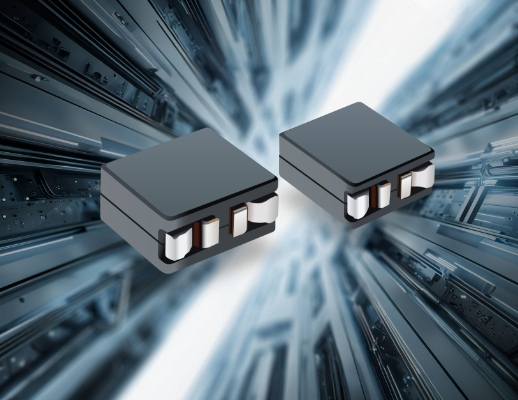Bain Bourns, a globally renowned supplier of power, protection, and sensing solutions for electronic components, has launched the new TLVR1005T and TLVR1105T series multiphase cross inductor voltage regulators (TLVR) inductors. It has great current capability, low inductance, and low DC resistance (DCR), aiming to meet the performance requirements of today's data-driven applications. This type of application is constantly evolving in terms of processing performance and requires support for power bead inductors that can match their abnormally high current specifications within the same or even smaller board space. Bourns ® The TLVR1005T and TLVR1105T series multiphase TLVR inductors meet the requirements of servers, workstations, data centers, storage systems, desktop computers, display adapters, and various battery powered systems.

Bourns ® TLVR1005T and TLVR1105T series multiphase cross inductor voltage regulator (TLVR) inductors
Traditional multiphase voltage regulators (VR) have issues with balancing performance, as high current output requires a longer single-phase stage to increase the duty cycle of previous processing. The all-new multiphase TLVR architecture is widely adopted to address transient response issues caused by sudden increases in load output. Therefore, system designers have seen the advantage of phase coupling in the TLVR architecture, which can achieve extremely fast transient response and can be extended according to CPU, FPGA, and ASIC load requirements. Adopting this architecture enables designers to develop powerful systems without sacrificing other key design parameters such as circuit board space, system efficiency, power density, or BOM cost.
Bourns ® The TLVR1005T and TLVR1105T series adopt a dual winding structure and clamp coil design, providing the required low inductance and extremely high current carrying capacity (Irms up to 77 A and Isat up to 160 A), meeting the needs of the new generation of multiphase power solutions. This series of products adopts a shielding structure with low radiation characteristics, an inductance range of 70 to 200 nH, and a working temperature range of -40 to+125 º C.
The copyright of this article belongs to the original author. The reprint of the article is only for the purpose of disseminating more information. If the author's information is marked incorrectly, please contact us immediately to modify or delete it. Thank you for your attention!

